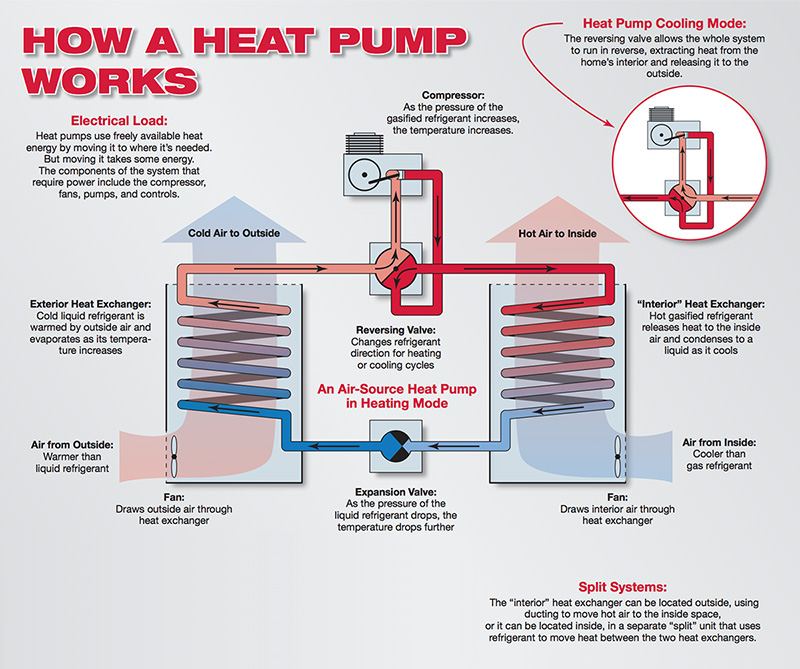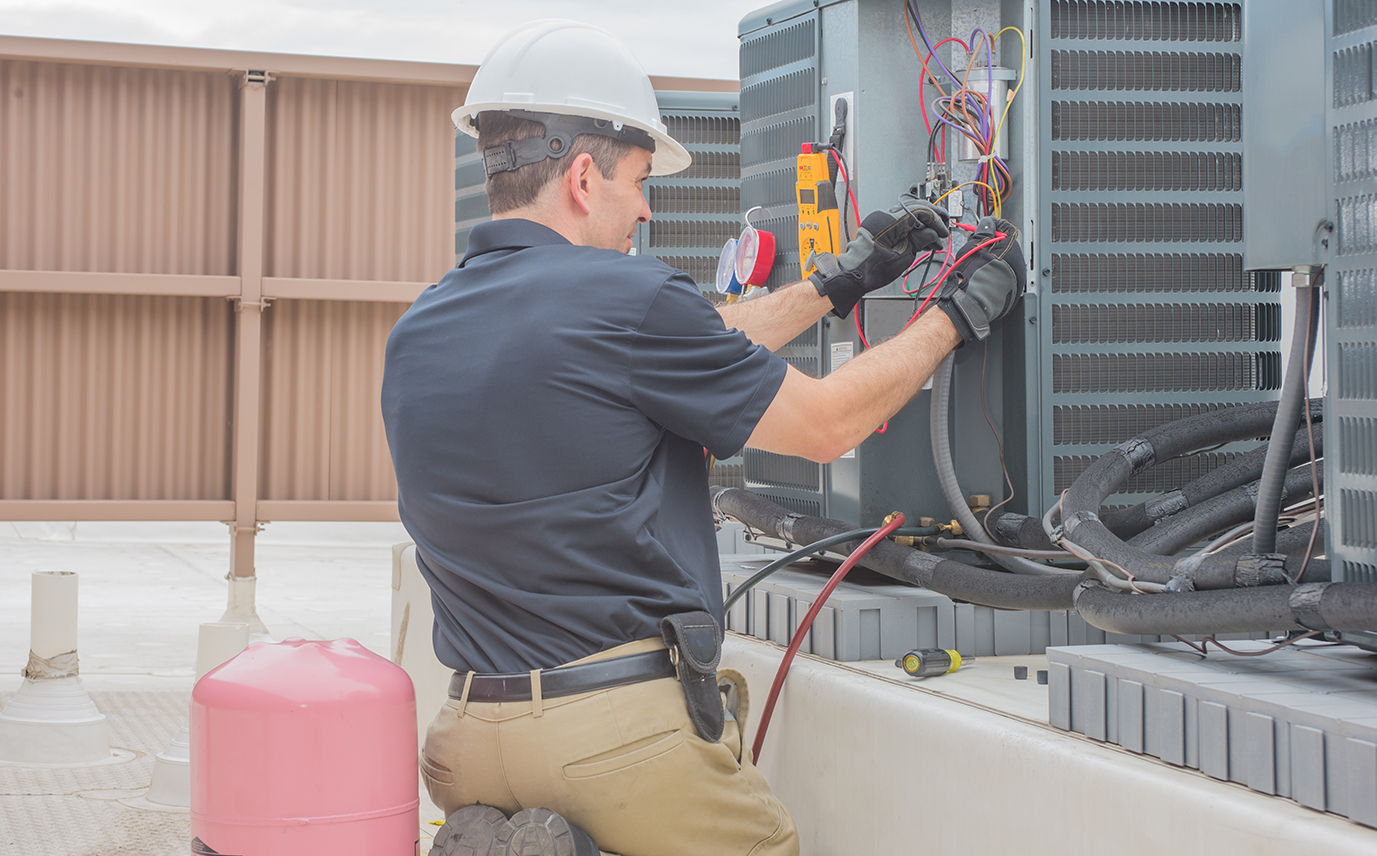DIY vs. Professional Air Conditioning Repairs: Making the Right Choice

Repairing Common Air Conditioning Issues: A DIY Overview
Did you understand that 85% of all a/c problems can be dealt with without the need for expert help? When your AC begins breaking down, recognizing where to begin fixing is crucial.
From odd noises to cozy air burning out, these issues can be discouraging. Yet worry not, similar to a couple of straightforward actions, you might be able to detect and take care of the issue on your own.
So, before you think about calling a specialist, let's check out some common air conditioning issues and how you can tackle them head-on.
Key Takeaways
- Address unusual sounds without delay to prevent further damages.
- Make certain appropriate airflow by cleansing filters and unblocking vents.
- Examine refrigerant levels and clean components for ideal air conditioning.
- Consistently maintain and cleanse the a/c to stop leakages and breakdowns.
Uncommon Noises
If your ac system is making weird sounds, do not disregard them as they can suggest a possible concern. One common resource of these noises might be compressor problems. A loud knocking or clanking audio may suggest that there are issues with the compressor, which is an essential element in charge of circulating refrigerant. Ignoring this might lead to more damages and a potential failure of the system.
An additional possible source of uncommon sounds might be fan issues. If you listen to shrilling or screeching sounds originating from your air conditioner unit, it might direct in the direction of problems with the fan electric motor or blades. The follower plays an essential duty in guaranteeing correct airflow and ventilation within the system, so addressing any type of fan-related noises promptly is vital to avoid any kind of interruptions in cooling down performance.
Weak Airflow
Experiencing weak airflow from your cooling system can be an indication of underlying problems that need to be dealt with quickly. Two usual perpetrators for this problem are a filthy filter and blocked vents. An unclean filter restricts the airflow by capturing dust and particles, making it harder for air to go through. This can bring about decreased airflow and a worn system. To resolve this, find the air filter in your device and either clean or change it according to the manufacturer's recommendations.
Blocked vents can additionally prevent airflow. Check all the vents in your house to guarantee they're open and unblocked. Often furniture or items put near vents can accidentally obstruct the air movement. By repositioning any type of blockages, you can assist improve the blood circulation of great air throughout your space. If these steps don't enhance the air flow, it might be time to contact a professional service technician to examine your cooling system further.
Warm Air Blowing
When warm air is blowing from your air conditioning unit, it may suggest a possible concern that needs troubleshooting. Right here are some vital areas to examine:
- Thermostat setups: Make sure that your thermostat is readied to the correct temperature level and cooling setting. Often, a straightforward change to the settings can fix the issue of warm air blowing from the a/c device.
- Cooling agent degrees: Low cooling agent levels can trigger the air conditioner to blow warm air. If you believe this is the issue, it's ideal to speak to a specialist HVAC technician to check and fill up the cooling agent as needed.
- Air filter and condenser coils: A stopped up air filter or unclean condenser coils can limit air flow and hinder the cooling process, leading to warm air being burnt out. On a regular basis check and replace the air filter as required, and ensure the condenser coils are clean and free from debris to help preserve peak air conditioning performance.
Dripping or Leaking Water
Look for water leakages or trickling from your a/c system to recognize prospective concerns that need attention. Leaking water can be an indication of troubles such as condensation buildup or a blocked drainpipe.
Condensation buildup occurs when cozy air overlooks the chilly evaporator coils within your AC device. Smart AC repair solutions This procedure creates moisture in the air to condense right into water beads. Typically, this water is gathered and receded correctly. However, if you see water leaking from your device, it could show a clog in the drainage system.
A clogged up drainpipe is an usual problem that can cause water leakage. In time, dust, dirt, and algae can build up in the drain line, triggering a clog. This obstruction avoids water from being properly drained, leading to leakages or drips from the unit.
To resolve these concerns, you can attempt clearing the drainpipe line utilizing a wet-dry vacuum cleaner or a mix of bleach and water to remove any clogs. Routine upkeep and cleansing can help protect against condensation accumulation and blocked drains, maintaining your air conditioning device running smoothly.
Air conditioner Not Turning On
If your a/c device isn't switching on, first check the source of power and thermostat setups to repair the concern.
- Power Source: See to it that the air conditioner is plugged in properly and that the electrical outlet is functioning. Occasionally a tripped breaker or a blown fuse might be the factor for an absence of power to the air conditioning unit.
- Thermostat Setups: Evaluate the thermostat to ensure it's set to a temperature below the existing area temperature. If the thermostat is battery-operated, replace the batteries to see if that solves the problem.
- Air Filter: A dirty air filter can restrict air movement and trigger the AC system to shut down. Examine the air filter and change it if it shows up clogged or dirty.
Often Asked Concerns

How Can I Improve the Total Efficiency of My A/c Device?
To enhance your cooling unit's efficiency, begin by getting duct cleansing done on a regular basis. This aids protect optimal airflow.
Next, execute an insulation check to prevent any kind of air leakages that might make your system work harder.
These simple actions can make a big distinction in how well your a/c system operates, keeping you great and saving you cash on power costs.
What Are Some Common Upkeep Tasks I Can Execute to Maintain My A/c Running Smoothly?
To maintain your air conditioning running smoothly, make certain to clean the coils frequently and check the refrigerant degrees. These jobs are essential for preserving the performance of your device.
By cleansing the coils, you assure correct air movement and cooling. Checking cooling agent levels assists stop problems like overheating.
Normal maintenance like this will keep your a/c system working successfully and expand its lifespan.
Are There Any Kind Of Safety and security Tips I Should Recognize When Repairing My Cooling System?
When repairing your a/c unit, bear in mind to focus on electric security to avoid mishaps.

Constantly switch off power before dealing with your HVAC system.
Be cautious of cooling agent leakages, as they can be hazardous.
Routine heating and cooling inspections and condenser cleansing can aid keep your unit and prevent safety and security threats.
Stay watchful and follow safety and security standards to assure a smooth repairing process and a well-functioning air conditioning system. https://mertonhvac.co.uk/air-conditioning-installation.html
Just how Commonly Should I ReplACe the Air Filters in My A/c Unit?
You ought to replace the air filters in your air conditioning device every 1 to 3 months for top efficiency.
The regularity of filter substitute relies on variables like the sort of filter you use and exactly how commonly you run your air conditioning unit.
High-efficiency filters may require altering much less usually, while fundamental filters need to be replaced more regularly to keep your device running smoothly.
Routine filter adjustments assure efficient air flow and much better air top quality in your house.
Can I Install a Programmable Thermostat to Help Control the Temperature Level in My Home Better?
Yes, you can set up a programmable thermostat to assist manage your home's temperature level more effectively. By setting details temperatures for various times of the day, you can accomplish power savings.
To install, make sure to switch off power, label wires, install the brand-new thermostat, attach the wires, and program it according to your timetable.
Take pleasure in better temperature control and possible power financial savings with a programmable thermostat.
Final thought
To finish up, troubleshooting common air conditioning issues does not have to be a challenging job. By complying with these simple DIY steps, you can easily attend to issues like:
- uncommon sounds,
- weak air movement,
- warm air blowing,
- dripping water,
- an unit that will not switch on.
Bear in mind to constantly prioritize security and get in touch with an expert if required.
With a little persistence and expertise, you can keep your air conditioner running smoothly and your home cool and comfy.
